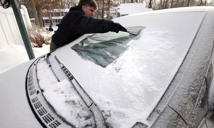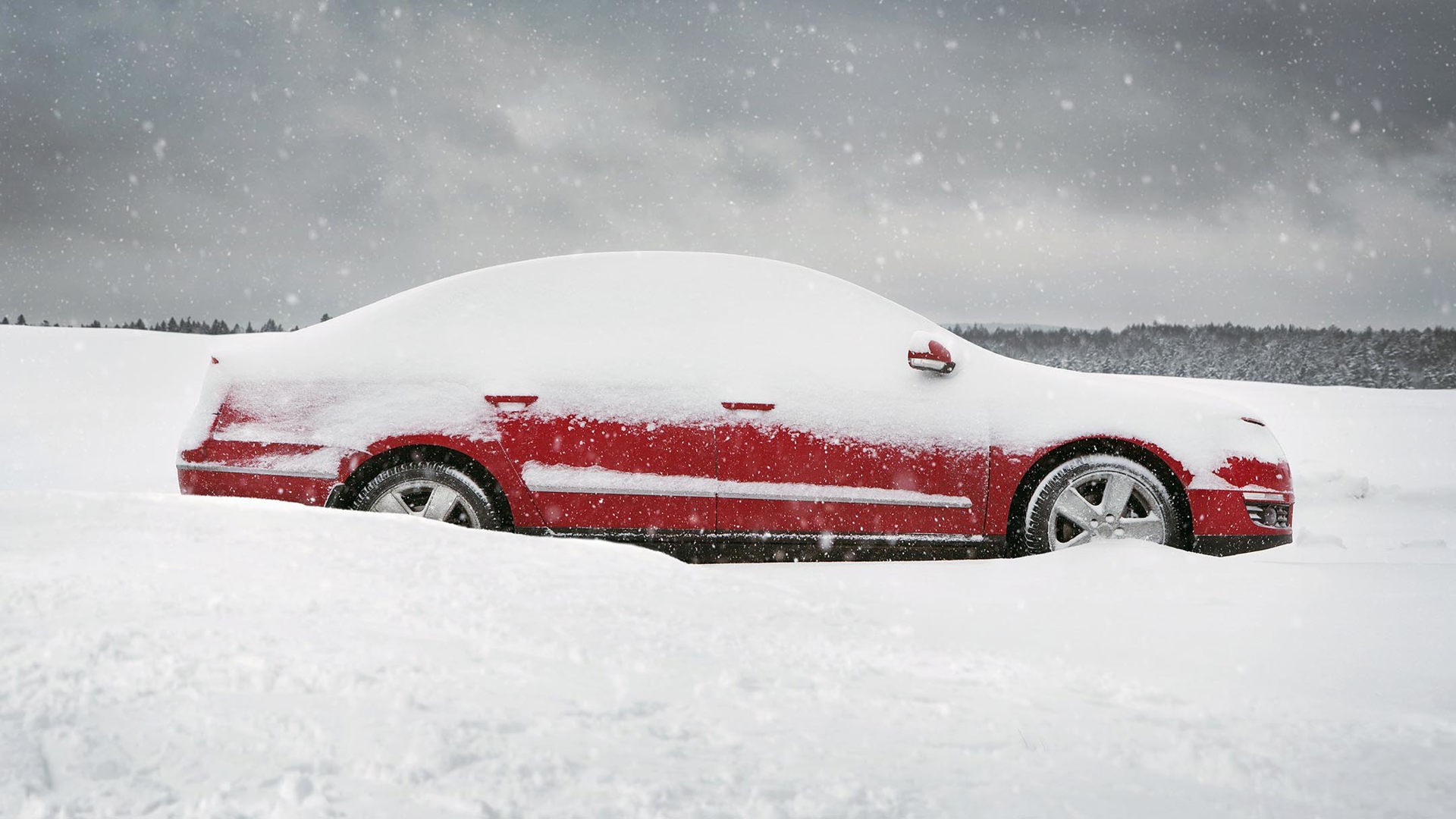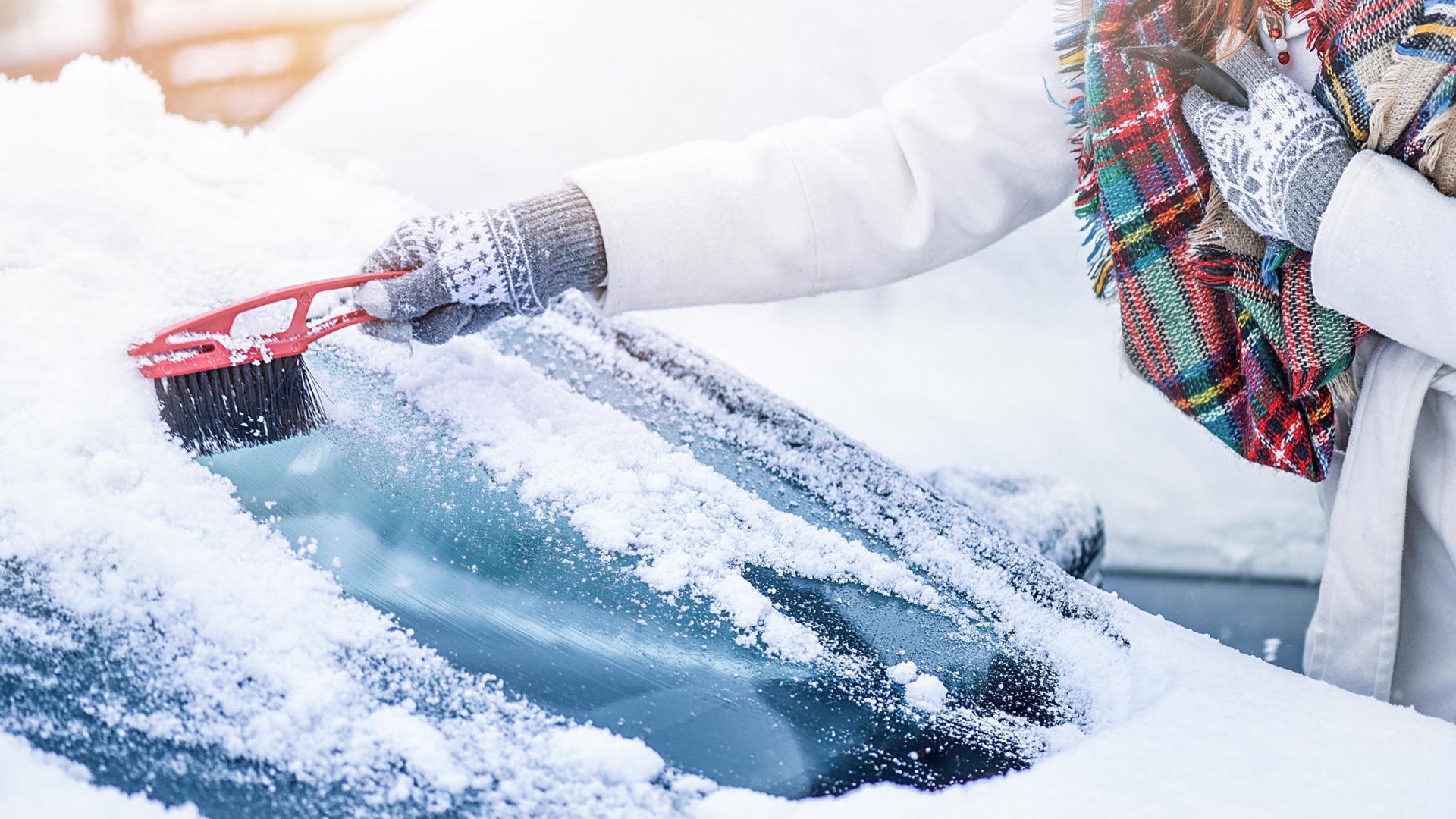Dealing with winter driving in Canada is stressful, but there’s a lot you can do to alleviate that stress. Even before you head out on the roads, it’s vital to ensure your car, van, truck, or SUV has been cleared of snow and ice. Not only is it essential for you to make sure you can see out of the vehicle correctly, but snow or ice on the roof or body of the car can also be considered an “unsafe load” and a hazard to other drivers and pedestrians as it can dangerously fly off while on the road. The laws vary depending on the province, but drivers who don’t adequately clear off the snow and ice on their vehicles can collect significant fines.
Here are the best methods to safely and efficiently clean the snow and ice off your car this winter.
Start With Clearing the Snow
Depending on the weather conditions, a few variations of snow and ice can accumulate on your vehicle. The most straightforward situation is when you come out to your car and find only snow on it.
Snowbrushes made from nylon are the most common. Or, for heavy or deep snow, some drivers grab a push broom, but they can cause damage to your vehicle’s paint job. Instead, we recommend using foam snowbrushes. They’re non-abrasive, limiting potential scratching. If it’s a light dusting of snow, gloved hands have a soft touch that won’t damage your vehicle’s paint job. Do not use an ice scraper to remove snow from your vehicle’s body. You’ll end up damaging the vehicle’s paint, which is less resistant to scratches than your car’s glass.
The most efficient process to remove snow is to let gravity work for you. Start by clearing the snow off the vehicle’s roof before you clean the windows. Then, brush the snow off the front hood, trunk, and body panels. It’s essential to clear off the snow on every surface.
Dealing With Ice Can Be Tricky

Once you’ve cleared off the snow on your vehicle, you may discover a layer of ice. Your first thought might be to start up your vehicle to warm it up, pull out your ice scraper, and start chipping away. But there’s a better and faster way.
Once your car’s defroster is on, spray the windshield with a de-icer solution and wait 30 to 60 seconds. This will soften and melt the ice and allow you to use a snowbrush instead of a stiff scraper to wipe the remaining ice off the windshield. And don’t overspray your windshield. Use just enough de-icer to melt the ice. Never think of pouring hot water on your windows to melt the ice – it could cause the glass to crack or shatter.
When removing the ice, start from the bottom of the windshield since the defroster will loosen up frost there first. If any stubborn ice bits are left, use a plastic ice scraper or rubber squeegee to get rid of the more stubborn bits of ice. Don’t try to crack the ice by hammering away at it. And avoid using metal tools like car keys to scrape the ice. Remember, your windshield is made of glass, so be gentle with it.
You can buy windshield de-icer sprays from most automotive and hardware stores, but it’s as easy to make your own at home. In a spray bottle, combine one part water, two parts rubbing alcohol and three parts vinegar.
Don’t Fear the Dreaded “Ice/Snow/Ice Sandwich”

Who doesn’t like an ice cream sandwich on a hot summer day? The winter opposite is stepping outside and finding your car covered in a sandwich of ice on top, snow in the middle, and more ice underneath.
Unlike dealing with an ice-only situation, don’t apply de-icer to the top layer. Instead, start your car and get the defroster working to heat the car’s glass areas. Then, break up the top layer of ice using your snowbrush. The snow underneath will prevent any potential damage to your vehicle’s surface. Once the top layer has been broken up, continue with the snowbrush and remove the ice bits and the snow simultaneously. By this time, the defroster will have melted the underlying bottom layer of ice to some degree, and you can now carefully remove the ice with the snowbrush or use a plastic ice scraper or rubber squeegee.
You Can Always Cover Your Car
If all of the above makes you want to curl up and crawl under the covers, getting a car cover for the winter can relieve much of your snow and ice-clearing woes. Not only does a car cover help prevent paint damage to your vehicle from snow and ice and keep your windshield wipers from freezing and cracking, but it can also keep your car warm. Then removing the snow is as easy as removing the cover.

